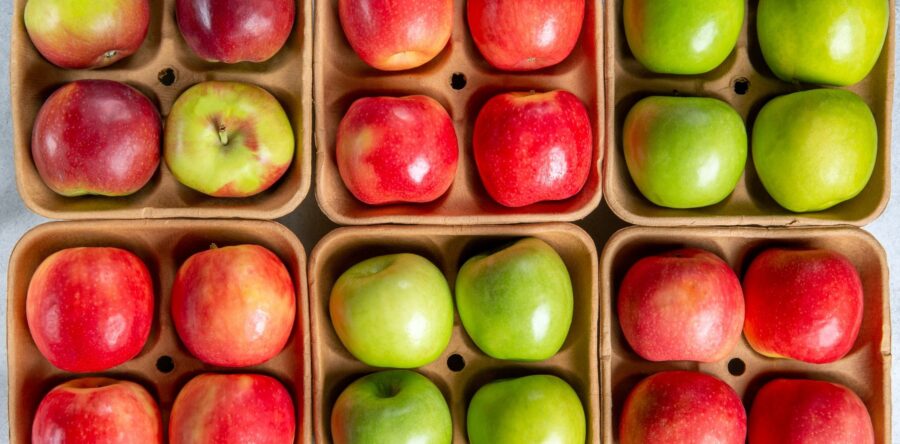Pulp Trays for Food: Are They Safe?

Most companies are fast adjusting to the demand for sustainable packaging, such as pulp trays, which is becoming the norm in recent times. Molded paper pulp has become recommendable for food packaging.
These trays "close the loop," making them the most environmentally friendly food packaging options. Molded fiber is developed from post-consumer material. This enables them to commercially compose, break down, leaving little footprint on earth when they get discarded.
Molded fiber has become an indication to the customers that food establishments do care about the environment. It has become a top food packaging choice for most health-conscious enterprises such as fast-casual dining, farm-to-table restaurants, and healthcare facilities.
Is pulp tray food packaging safe?
Products made from molded fiber, such as a pulp tray, have higher chances of containing PFAS (Per- and polyfluoroalkyl substances), artificial chemicals found in many products like food packaging, water, or stain-repellent fabrics, and non-stick pans. These chemicals give the package a higher resistance to oil, grease, and moisture.
The Food and Drug Administration agency is responsible for monitoring food packaging safety, including molded paper pulp trays. FDA must approve every substance before it comes into contact with any food. It has also tested the PFAS used in food packaging to make sure it meets the safety standards. According to the best available safety measures, the FDA does not consider PFAS a food safety hazard for human food. There is no indication that these substances should raise any human health concerns.
Some states in the US have put their own regulations and bans concerning the use of certain types of PFAS despite the approval from the FDA.
Molded fiber for eggs
Molded paper pulp packaging provides maximum protection for delicate or fragile products such as eggs throughout the moving process. Its reliability reduces damages and losses incurred by the manufacturers and retailers involved.
Advantages of the molded fiber egg packaging:
- high reliability and strength;
- air permeability and hygroscopic properties;
- usage and transportation convenience;
- environmentally friendly;
- Easy recycling.
Because of their compactness and smaller size, molded fiber egg carton trays create more space during the arrangement, product storage, and transportation. It significantly reduces the expenses for warehouse logistics and transportation.
Is bagasse safe for a pulp tray for food items?
A byproduct of cane sugar production, bagasse is a dry pulpy fiber. During production, sugarcane stalks are crushed to extract juices used for crystallized cane sugar processing. After washing and drying, the fibrous pulp that remains can be used as livestock feed, paper, building materials, and food packaging.
Benefits of using bagasse
You might be wondering why you should consider using bagasse over other materials. Below are three of the reasons why bagasse is a better choice:
- Its Production is Eco-Friendly
It's not a guarantee that a container is eco-friendly because it's made from natural resources. A good example is a food container made from paper. It takes a number of years for a tree to be ready for harvesting and production. On the other hand, sugar cane is easier on the environment as it requires less natural resources to be fully grown and renewed.
- It's Durable
Bagasse is lightweight yet strong when made into molds.
- It's Annually Renewable
Bagasse is annually renewable such that it can be naturally replenished and restored within a year. Just a single growing season is enough to regenerate sugar cane.
